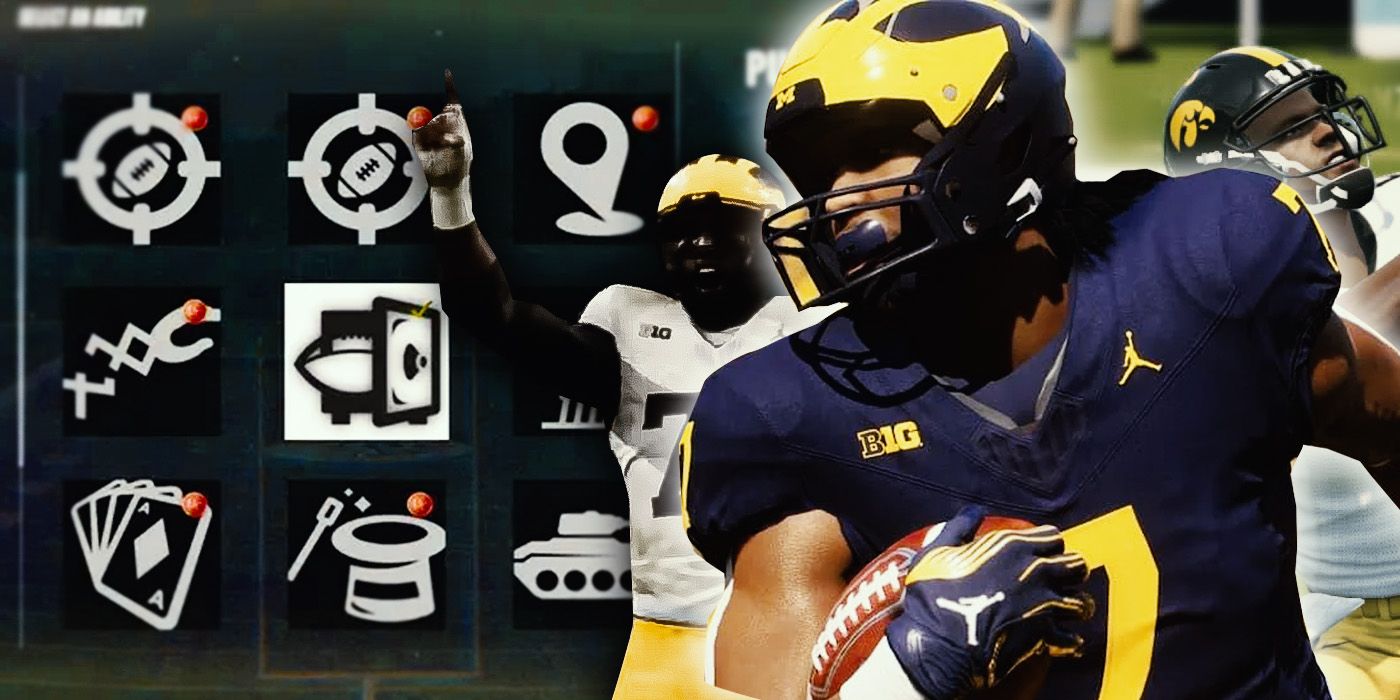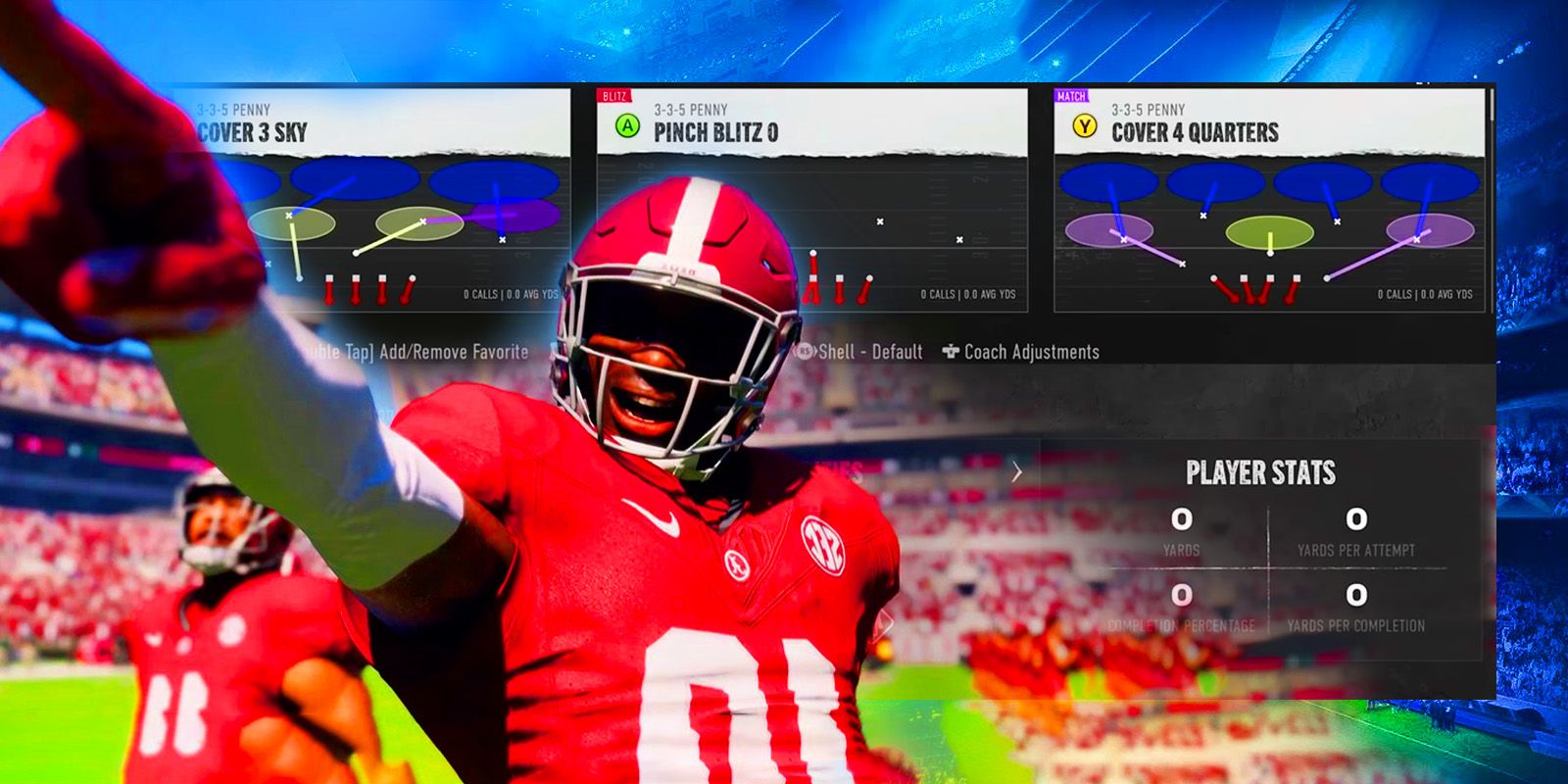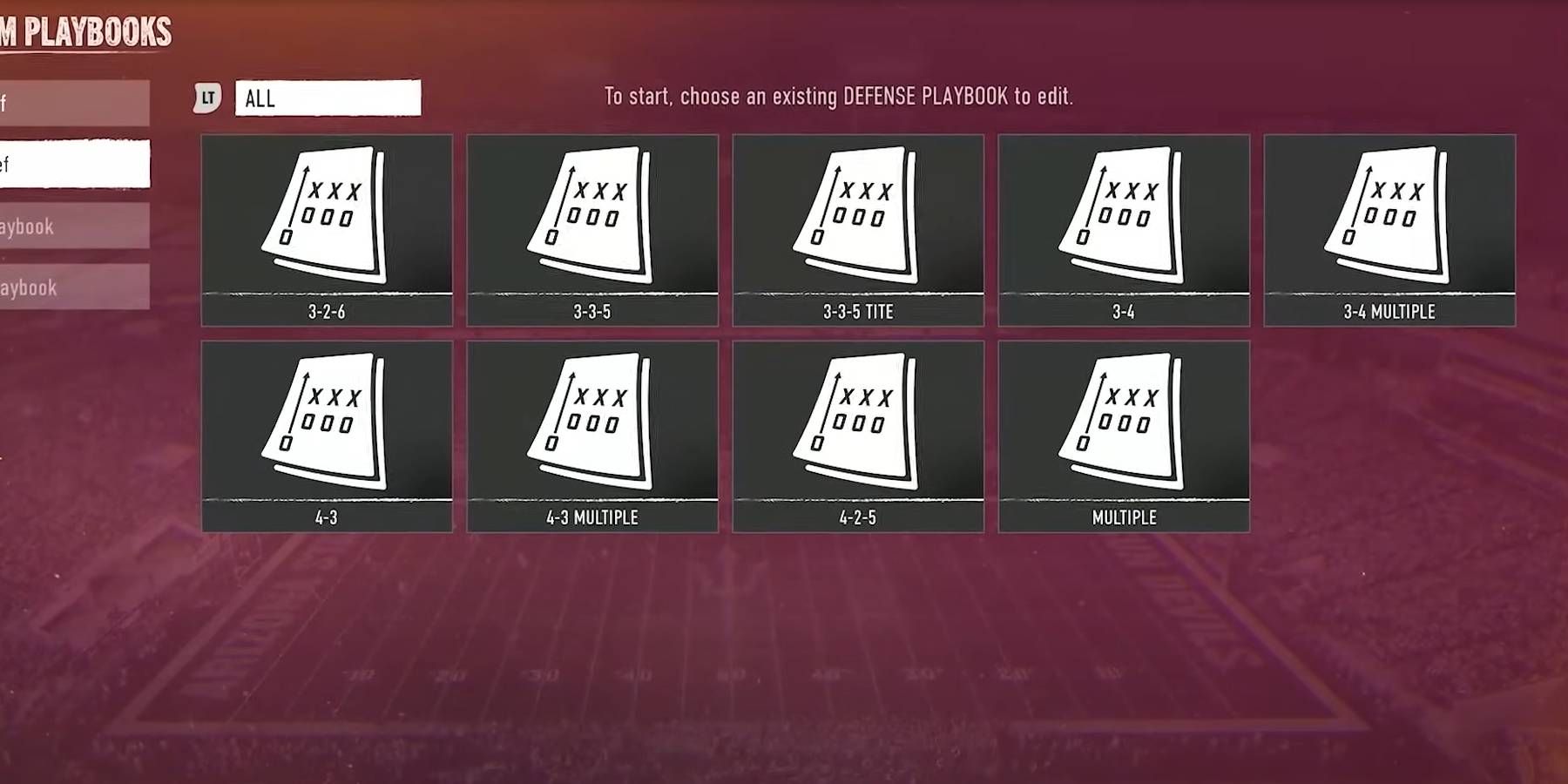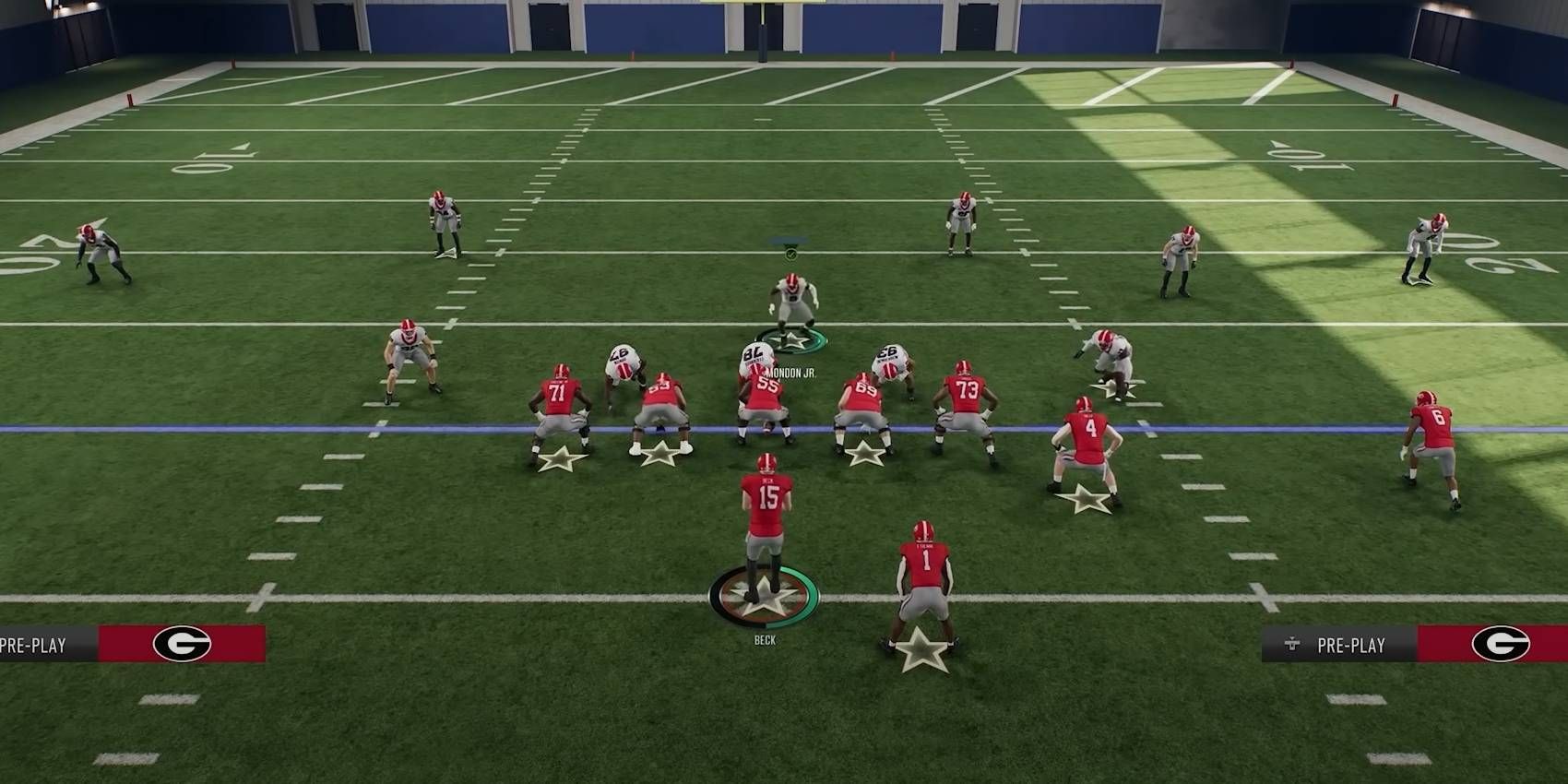Playbooks contain plays and gambits for you to organize your players and attempt to counter opposing offenses.
These Playbooksare not associated with specific teamsbut feature universal strategies that every organization uses.
To know which Playbooks work the best, you have to understand what strategies they favor during a game.

Quick Links
How Do Defense Playbooks Work?
For example, one Offense Playbook may contain more Shotgun plays that encourage passing rather than running strategies.
While offenses have complicated formations with nicknames, defensive formationsrefer to the placements of playerson the field.

This Playbook would suit those who want to cover any pass being attempted by their opponent.
Many Playbooks have risks, though.
The amount of options you have to use in this Playbook gives it more versatility than you may expect.

The 3-5-5 mostly uses zone coverage to guard against the pass, butthis formation is weak against running plays.
This gives you plenty of adaptability in covering passes beyond what a Defensive Playbook might attempt to plan for.
ThisPlaybook sacrifices aggressive plays with more cautious secondary strategiesto prevent big plays from tearing apart your defense.

Custom Image by Katarina Cimbaljevic
The 3-2-6 is another aggressive Defense Playbook that takes more risks than the 3-5-5 Tite.
This favors teams who want to be stalwart against running plays and blitz far more often.
Other Playbooks may only work under specific circumstances, but each one has at least a few strong plays.

Your Rating
Your comment has not been saved



